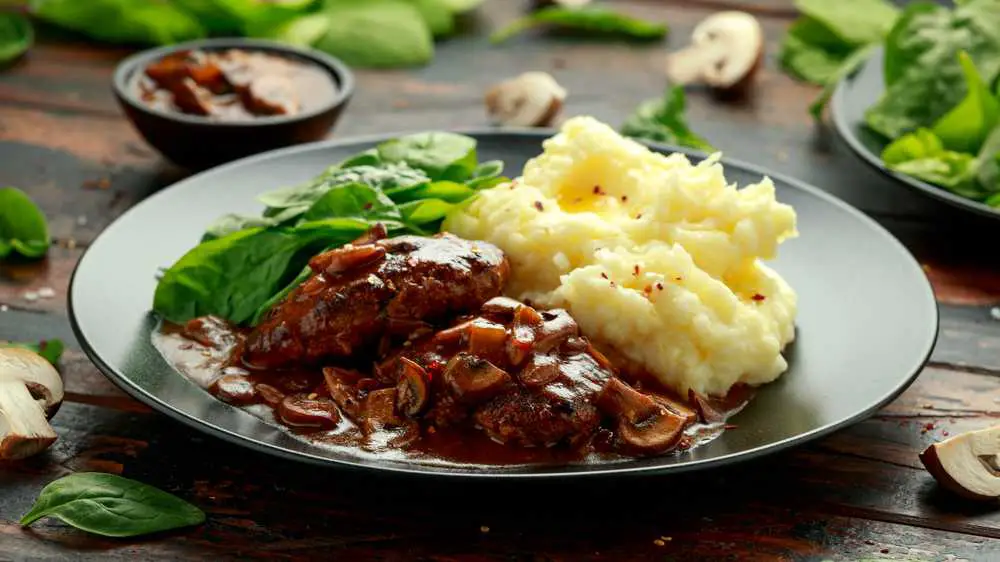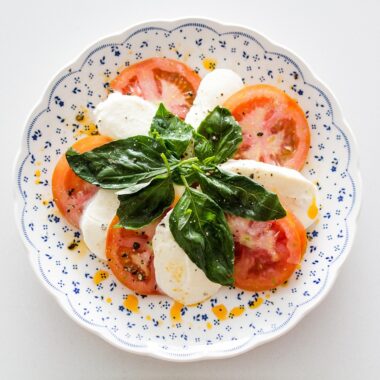If you’re a coffee enthusiast, you’ve probably encountered espresso machines boasting different bar pressures, typically labeled as either 15 bar or 20 bar. But what does this mean, and does it really make a difference to the quality of your espresso? In this article, we’ll break down the key differences between 15-bar and 20-bar espresso machines, helping you decide which one is best for your home brewing setup.
What Is Bar Pressure in Espresso Machines?
Bar pressure refers to the amount of atmospheric pressure used to force hot water through finely-ground coffee. This pressure is measured in bars, where 1 bar is equal to the pressure at sea level. For espresso machines, higher pressure allows for better extraction of flavors, oils, and aromas from the coffee grounds.
The “ideal” bar pressure for extracting espresso is often debated, with many experts agreeing that the sweet spot lies between 8 to 10 bars at the point of brewing. However, machines are often rated at higher pressures (15 or 20 bars) to ensure they can maintain the required pressure throughout the brewing process.
The 15-Bar Espresso Machine
A 15-bar espresso machine is designed to generate a maximum of 15 bars of pressure. However, most espresso shots are extracted at a pressure of around 9 bars, which is sufficient for pulling a well-balanced shot. Here’s what you need to know about 15-bar machines:
Advantages:
Standard for most home espresso machines: A 15-bar machine is typically what you’ll find in most consumer-grade espresso makers.
Consistent performance: Most 15-bar machines are well-engineered for providing the necessary 9-bar pressure during extraction, making it a reliable option for consistent results.
Affordable price range: Compared to higher-pressure machines, 15-bar models tend to be more budget-friendly without sacrificing quality.
Disadvantages:
Not much room for experimentation: If you’re looking for extreme control over pressure to experiment with coffee extraction, 15 bars may feel limiting.
Marketing gimmicks: Some companies advertise higher bar pressure as a selling point, but in reality, it doesn’t always translate into better espresso.
The 20-Bar Espresso Machine
A 20-bar espresso machine offers more pressure, claiming to push hot water through coffee grounds at even higher forces. While this sounds impressive on paper, the question remains:
Does a 20-bar machine make a better espresso?
Advantages:
More pressure at your disposal: In theory, a 20-bar machine provides more pressure to work with, allowing for more customization when pulling shots.
Better for specialty coffee lovers: If you’re very particular about experimenting with extraction methods and variables, the additional pressure can give you more room for tinkering.
Over-extraction potential: Some users report that the additional pressure can result in a stronger, more robust flavor profile, which may be desirable for certain types of beans.
Disadvantages:
Overkill for home use: Since most espressos are extracted at around 9 bars, a 20-bar machine might be overkill unless you’re frequently experimenting with specialty coffee beans and extraction methods.
Pricey: Higher bar machines tend to come with a steeper price tag, which may not be necessary for the average espresso drinker.
Over-extraction risk: If not managed properly, the higher pressure can lead to over-extraction, resulting in bitter and unpleasant espresso.
Which One Should You Choose?
The choice between a 15-bar and 20-bar espresso machine largely depends on your personal preferences and how much control you want over your brewing process.
For casual espresso drinkers: If you’re brewing a shot or two of espresso each morning and aren’t diving deep into specialty coffee, a 15-bar machine will meet your needs just fine. It provides consistent pressure and great flavor without the extra complications or cost.
For coffee enthusiasts: If you love experimenting with different coffee beans, grind sizes, and brewing techniques, a 20-bar espresso machine could offer more flexibility. However, you need to be cautious of over-extraction and balance your variables to get the best taste.
Both 15-bar and 20-bar espresso machines can produce excellent espresso, but the difference in pressure isn’t as significant as it may seem. The key factor for great espresso is not necessarily higher pressure but consistent pressure during the extraction process. Ultimately, the machine that works best for you will depend on your budget, how involved you want to be in the brewing process, and your preferences for taste.
Whether you’re sipping a shot from a 15-bar or 20-bar machine, the real magic happens in the beans, grind size, and technique!
When it comes down to it, both 15-bar and 20-bar espresso machines are capable of delivering a satisfying espresso experience, but understanding the nuances behind pressure and its role in espresso extraction can help you make a more informed purchase.
Consider the Following Before Buying:
Your Coffee Preferences: If you tend to enjoy classic, balanced espresso shots, a 15-bar machine will be sufficient. If you prefer stronger, bolder flavors or plan to experiment with different types of beans, a 20-bar machine may offer more versatility.
Budget: As mentioned earlier, 20-bar machines often come at a higher cost due to their advanced features and added pressure capabilities. If you’re just getting into espresso making or have a limited budget, a 15-bar machine will still deliver high-quality espresso at a more affordable price.
Usage Frequency: If you’re pulling multiple espresso shots daily or entertaining guests frequently, investing in a machine with more pressure, like a 20-bar model, could add value in terms of longevity and performance under frequent use. However, for more occasional use, a 15-bar machine is a more than capable choice.
Learning Curve: Higher-pressure machines often come with more complex settings and a steeper learning curve. If you’re a beginner, starting with a 15-bar machine could provide a more straightforward brewing experience before upgrading to more sophisticated equipment.
Other Features to Look For: While bar pressure is an important factor, don’t forget to consider other features that contribute to a machine’s overall quality, such as:
Built-in grinder: Freshly ground beans improve the taste of espresso, and a machine with an integrated grinder can be a convenient addition.
Temperature control: Consistent water temperature is crucial for brewing espresso. Some machines have advanced temperature control settings for optimal extraction.
Steam wand: If you enjoy making lattes and cappuccinos, a machine with a good steam wand for frothing milk is a must.
Build quality: High-quality materials like stainless steel tend to last longer and can affect the machine’s overall durability and heat retention.
It’s important to recognize that higher bar pressure is sometimes used as a marketing tactic to make machines seem more powerful or desirable. While having higher pressure might seem like a significant upgrade, remember that most baristas and espresso enthusiasts consider the actual extraction pressure—which is generally around 9 bars—more critical than the machine’s maximum pressure.
Some brands emphasize higher bar pressure without much improvement in the final product. As long as your machine maintains consistent pressure throughout the brewing process, you’ll likely achieve great results, regardless of whether it’s a 15-bar or 20-bar model.
Quick Tips for Perfect Espresso, Regardless of Bar Pressure
No matter which espresso machine you choose, perfecting your espresso shots often comes down to a few key techniques:
Use fresh, high-quality coffee beans: Espresso is all about extraction, and using stale beans will produce weak or bitter results, regardless of machine pressure.
Grind size matters: Espresso requires a fine grind, and a consistent grind size ensures proper extraction. If your espresso is too weak or watery, try adjusting your grinder.
Tamp evenly: Tamping (compressing the coffee grounds) evenly and with the right amount of pressure ensures that the water flows evenly through the coffee during extraction.
Preheat the machine: Letting your machine warm up before pulling a shot ensures that the water is at the optimal temperature for extraction, which can make a significant difference in flavor.
Pay attention to shot timing: A typical espresso shot should brew in about 25 to 30 seconds. If your shot pulls too quickly or takes too long, adjusting grind size or pressure settings can help.
Is 15 or 20 Bar Right for You?
Ultimately, whether you choose a 15-bar or 20-bar espresso machine depends on your brewing goals, budget, and how much control you want over the process. Both machines can make excellent espresso, and understanding the role of bar pressure can help you make the most of your coffee setup.
For casual users: A 15-bar machine offers reliability, affordability, and ease of use, making it a fantastic choice for everyday coffee drinkers who value simplicity.
For advanced users: A 20-bar machine gives more flexibility and customization, allowing seasoned coffee lovers to push the boundaries of extraction.
In either case, the quality of your espresso will also come down to factors like the coffee beans, grind size, tamping, and brewing technique. So, whether you opt for 15 or 20 bars, mastering these elements will ensure that every cup of espresso is brewed to perfection.


















